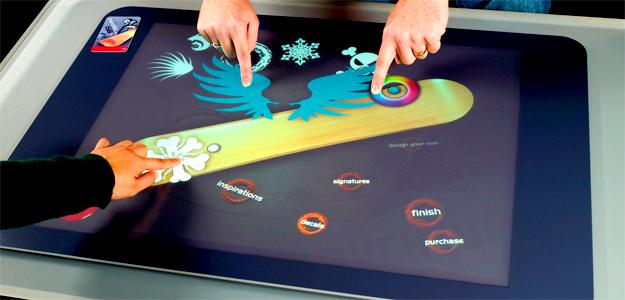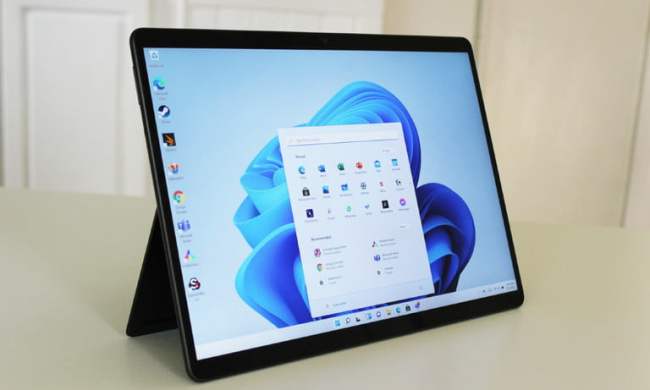 By now, unless you’ve been raised under a rock, you know that Microsoft will be launching its Windows 8 tablets around the holidays this year. However, one part of this product that seems to have flown under radar is the optical glass display. Probably because when you hear the words “optical glass” you think this simply is a creative way to say “clear” or something equally obvious.
By now, unless you’ve been raised under a rock, you know that Microsoft will be launching its Windows 8 tablets around the holidays this year. However, one part of this product that seems to have flown under radar is the optical glass display. Probably because when you hear the words “optical glass” you think this simply is a creative way to say “clear” or something equally obvious.
However, I’ve been following the original Surface product since launch and have already seen this tech in action. I even tried to buy one on several occasions, because it is revolutionary enough to pay more than $7,000 to be able to play with one in my home.
What makes “optical glass” different? It can see what you place on it. This is not at all the same technology that is on any other tablet or desktop computer. This is truly a revolutionary offering, far more advanced than anything Apple or anyone else currently has access to.
I think this is one aspect of Microsoft’s Surface tablet that is being way underplayed, and it could turn it and larger related products into the next flashy object we all chase.
The birth of optical glass
When the Surface table (now renamed PixelSense, along with the corresponding technology) was first created, Microsoft’s goal was to design a tablet that people could interact with in unique ways. In many ways it was a super tablet, with emphasis on the “table” part of the tablet name. The initial hardware consisted of an opaque glass screen suspended over a projector and a camera. The projector would project the computer image on the screen from behind, and the camera would track what the user did with vastly greater detail than any resistive or conductive touch interface could do. In effect, it could see your hand, your glass, your coaster, your game pieces, your credit card or whatever you put on the screen and communicate it back into the application, which could then react to it.
Even though Microsoft clearly anticipated bringing this product into the home (see video) the first generation turned out to be way too complex. The hardware also had a nasty tendency to get out of alignment, meaning a button that was on the screen and where you needed to put your finger to activate it could be really far apart after a while. So Microsoft moved to generation two, which meant making the thing solid state and building the camera capability into the glass. Optical glass is what resulted, and it is the only display in broad production which can actually “see” without the use of a camera because it, in effect, is a camera.
For instance, if you had a series of paint brushes that were unique, each could represent a totally different texture, brush stroke, or even sound (you could paint music). Here is a music creation app, for instance, that existed two years ago. It can tell the difference between your hand and someone else’s. It can even read what you place on the screen, depending on camera resolution.
Games are particularly interesting, because you can have multiple players all playing at the same time and from different angles on the screen. Imagine your kids with one of these tablets, playing virtual versions of the games they typically break after one or two tries (thank God for Gorilla Glass). This CES demo from two years ago gives you a sense of where gaming was back then on this technology.
In fact, all the demos I’ve been able to find are two years old and on the second-gen tech. The Surface will use third-gen technology.
Another leap forward
If you clicked on some of the links above you saw generation one, which was cool but really impractical, and generation two, which was better but way too expensive and still lacked speed and resolution. These new tablets will have generation three, and remember: At Microsoft the third generation is the one that is typically great. We don’t yet know what this generation is capable of, other than being more affordable.
This is the secret sauce in this tablet, but it isn’t all of it. It’s the biggest part that folks don’t quite get right now. In a way, this is Microsoft’s way of pointing out that it can out-innovate if it really tries, and maybe even out innovate Apple.
Guest contributor Rob Enderle is the founder and principal analyst for the Enderle Group, and one of the most frequently quoted tech pundits in the world. Opinion pieces denote the opinions of the author, and do not necessarily represent the views of Digital Trends.

